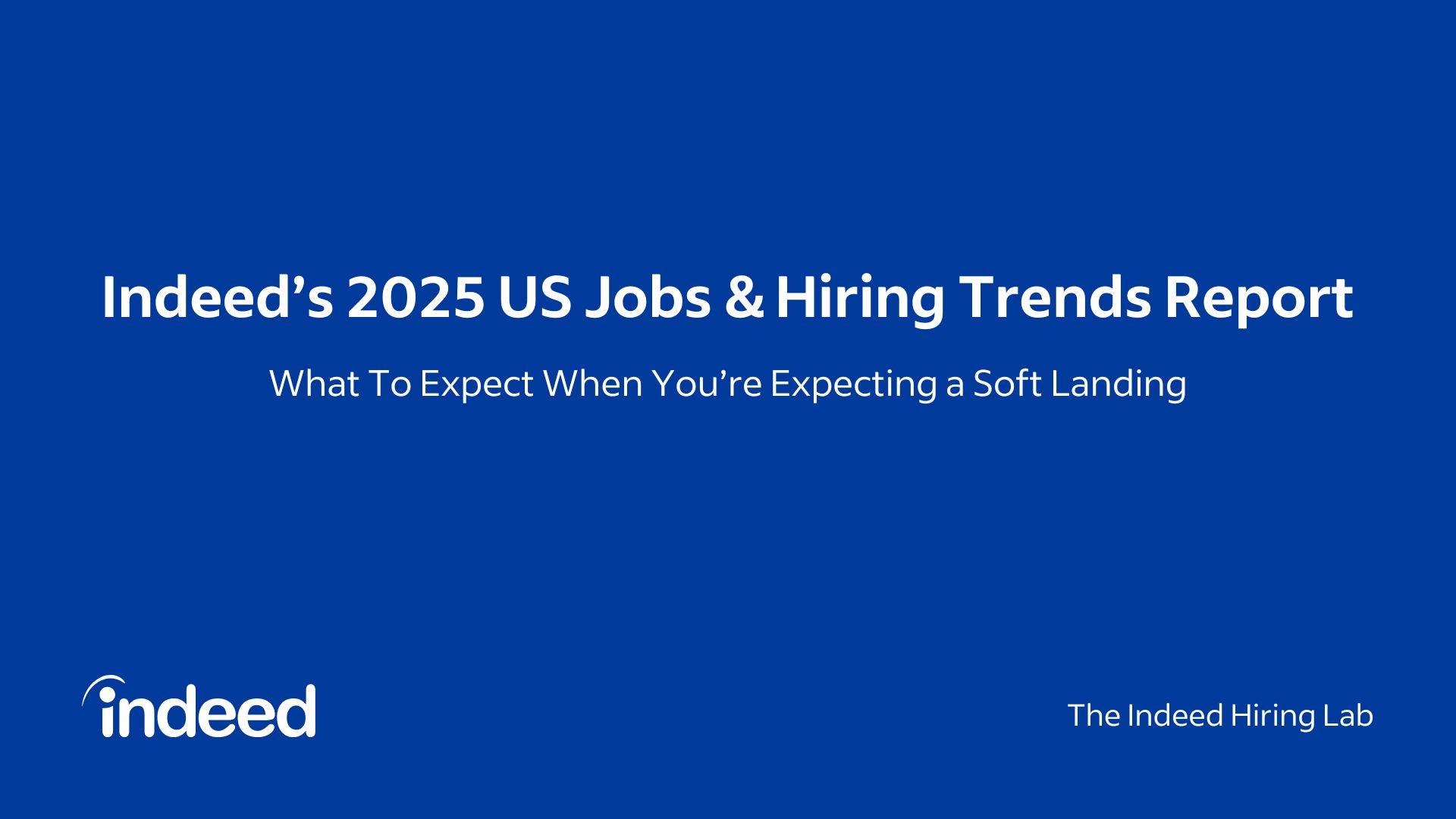


As of January 2, 2025, the economic outlook for New York City is characterized by uncertainty, primarily driven by political factors. Lauren Melodia, deputy director at The New School, notes that while NYC's economy has grown faster than the national average over the past year, it still lags behind pre-pandemic job levels. This situation is compounded by the potential reelection of Donald Trump and a Republican Congress, which could jeopardize local jobs in critical sectors such as health care and education, risking approximately $2.5 billion in federal funding. [7cb681f3]
The local economy is heavily reliant on federal support, receiving around $100 billion annually. Additionally, the presence of 500,000 undocumented residents in NYC raises concerns about mass deportation, which could further impact the local economy. Unemployment rates remain particularly high among men of color and noncitizens, highlighting ongoing inequalities in the job market. [7cb681f3]
In the broader context of the U.S. job market, the labor landscape is also evolving. As of December 12, 2024, the U.S. job market has shown resilience despite a slowdown in average monthly job gains, which fell from 251,000 in 2023 to 180,000 in 2024. The unemployment rate has remained steady at 4.2%, but job postings have decreased by 10% year-over-year as of November 2024, reflecting a cautious approach from employers amidst economic uncertainties. [63df00e1]
The Hamilton Project's 2024 research emphasizes the importance of addressing economic policy issues that could affect labor markets across the country. Higher immigration flows are anticipated to benefit the labor market, while the inadequacy of the safety net for working-age adults without dependents remains a critical concern. [ed6a9f2f]
Moreover, wage growth has stabilized at 3.2%, crucial for sustaining consumer spending and economic stability. The job market also faces challenges from an aging population and declining immigration rates, which could affect future job availability. [63df00e1]
As both New York City and the broader U.S. economy approach 2025, the balance between job openings and job seekers will be vital in shaping employment trends. Local government initiatives aimed at job creation and improving low-wage jobs will be essential in bolstering the economy and addressing the disparities faced by marginalized communities. [7cb681f3][87482d8c]